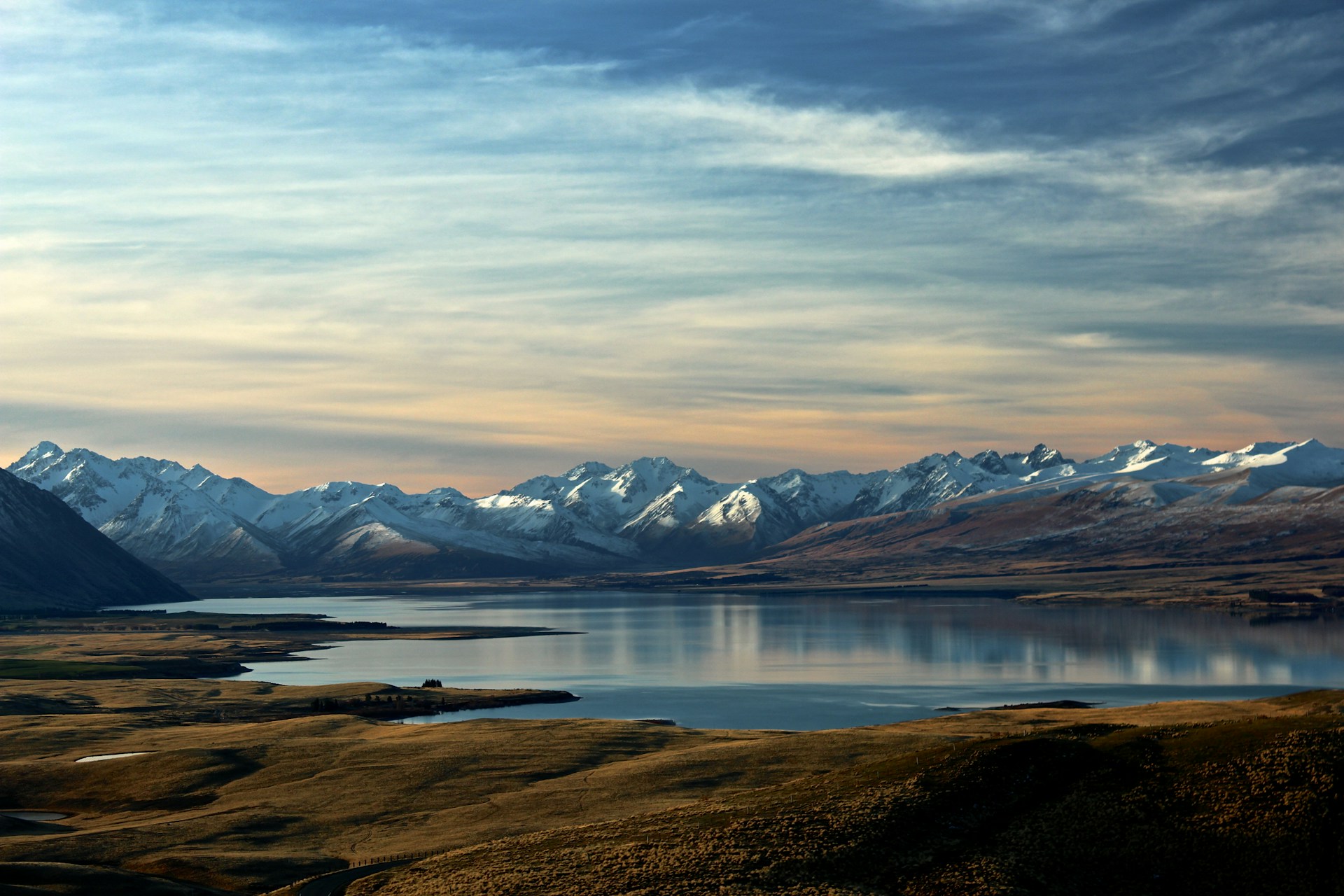HELENA—The Montana Department of Environmental Quality (DEQ) is proposing to list the middle segment of the Gallatin River, from Yellowstone National Park to Spanish Creek, as impaired for excessive algal growth due to exceeding established thresholds for algae (ARM 17.30.637(1)(e)). The listing has been submitted to the U.S. Environmental Protection Agency for review and, if approved, will be included as an addendum to the 2020 Integrated Report—a report that identifies impaired waterbodies in Montana.
“DEQ analyzed years of scientific data and visual evidence to make this determination,” said DEQ Water Quality Division Administrator Lindsey Krywaruchka. “Excess algae is impacting recreation and aquatic life on this portion of the river. A science-based plan will help provide a roadmap to improve water quality and protect the river for future generations.”
DEQ received a petition in March of 2022 to list the middle segment of the Gallatin River as an impaired water on Montana’s 303(d) list—part of the Integrated Report. The request called for listing nutrients because of recurrent nuisance algal blooms. Provided with the petition were photos and videos of algae growth on this segment along with testimonials of recreationalists and businesses that derive income based on recreation.
When determining if a waterbody should be listed as impaired, DEQ must review all existing and readily available data. To meet this requirement, DEQ used: Any chemical and biological data that was found in the National Water Quality Portal for a timeframe that spanned 10 years (2011-2021); water quality monitoring data from DEQ and from a monitoring contract with the Gallatin River Task Force; and photos, videos and testimonials submitted with the petition. Monitoring data included nutrient, algae measurements (chl a/algae dry weight) and macroinvertebrate data.
“We look forward to continued engagement from local organizations as we develop a plan to protect and restore this essential resource,” said Krywaruchka.
Results and analysis indicate the middle segment of the Gallatin River is impaired due to excessive algae growth. Excessive algae is identified as the pollutant that is impacting beneficial uses such as recreation and aquatic life. Excess algae growth is usually the result of nitrogen and phosphorous, however the assessment revealed that the river is not impaired for nitrogen and phosphorus when compared to existing numeric criteria. Instead, the assessment of the response variables, such as macroinvertebrate communities and ash-free dry weight, indicate that the river is impaired by algal growth. Photos, videos and testimonials submitted with the petition further supported this outcome.
DEQ will devote significant monitoring resources over the next three years to further study the Gallatin River to determine thresholds for controllable pollutants and any other factors that affect algae growth. Next steps will include identifying pollution sources and developing Total Maximum Daily Loads (TMDLs). A TMDL determines how much of a pollutant a waterbody can take before it impacts water quality. It also identifies the likely sources of pollution. Once that has been determined, a Watershed Restoration Plan is created in collaboration with community watershed groups to identify ways to improve the water quality. The entire process can take five to six years to complete.
DEQ provides science-based evaluations of water quality conditions and will work toward identifying contributors to impairment. However, not all impacts to water quality can be addressed through regulations.
“The TMDL development process is a big step in the right direction but addressing nonpoint source pollution is voluntary and requires engaged communities and active local support,” explained Krywaruchka. “Our dedicated staff are always available to provide technical support and help identify the best financial resources for putting clean water projects and practices on the ground.”
While DEQ conducts studies and determines next steps, individuals, communities, and developers can take action now to protect surface water in the Gallatin, DEQ suggests the following best practices:
- Plant native vegetation along stream banks and shoreline.
- Schedule regular septic maintenance and replace failing septic systems.
- Pick up after your pets.
- Limit the use of fertilizers.
- Incorporate sufficient setbacks to surface water and natural buffer areas into development.
- Prevent soil erosion.
DEQ will hold a public meeting to discuss the proposed Gallatin impairment listing. The hybrid meeting will be held in Big Sky and online or via phone.
What: A public meeting on the proposed Gallatin impairment listing.
When: Monday, May 1, 2023 at 6 p.m.
Where: A hybrid meeting at the Big Sky County Water & Sewer District and online or via phone. For more information visit: https://deq.mt.gov/News/publicmeetings-folder/news-article19



